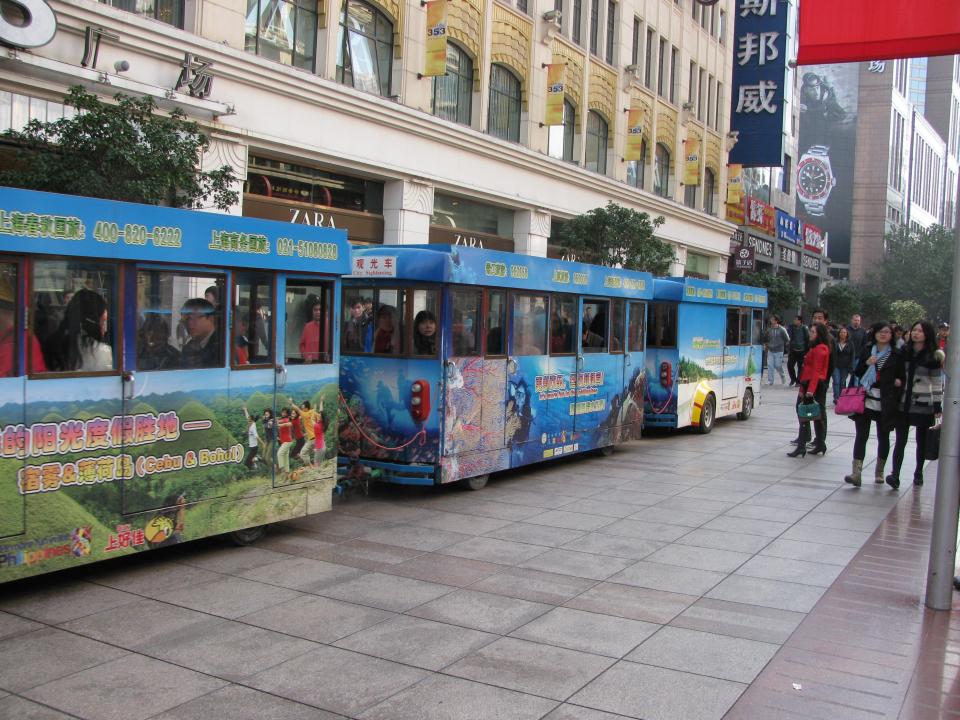For New Zealand export businesses, the Chinese market presents great opportunities – but there are also some risks you must be prepared for. Kiwi firms considering doing business in China should think strategically about protecting their brands there. This applies whether you are manufacturing products in China for export elsewhere or looking to export products to China.
IP specialists AJ Park share some tips for exporters sizing up the world’s second largest economy:
Register your trade mark: the best way to protect your trade mark in China is to register it. China's trade mark laws are not the same as New Zealand's. The registration criteria, time frames, process and costs are different. In China, if you don't have a trade mark registration, you don't have trade mark rights. The fact that you were using your trade mark first or your trade mark is well-recognised in other countries doesn't matter.
File early: China's trade mark law was established on the foundation of 'first to register not first to use'. This foundation applies in many Asian countries. By filing for your trade mark in China early you reduce the risk of someone else claiming rights to your trade mark.
Registration takes time: it can take a reasonable amount of time to achieve the registration of your trade mark in China. It may take 18-24 months from filing a trade mark before it is registered and that's if there are no problems along the way. When you are building your strategic plan for China, make filing for trade mark protection a priority.
English and Chinese versions: you should register both English and Chinese versions of your trade mark. Even if you intend to market your product or service using the English version of your trade mark, you risk a Chinese version of your mark being created anyway. While use in English may provide benefits with consistent marketing and brand profile, consumers in non-English-speaking countries may struggle to pronounce and recall a brand easily. Local consumers often simply adopt their own translation for a brand - and that translation might not suit the business.
Cultural adaptation is key. It is important to understand what a brand is saying before translating or adapting it. It is better to be clear about the message you want to convey rather than making literal word-for-word translations.
Apart from meaning, nuances and associations, phonetic appeal, associations with local literature, historic figures and legends also need to be considered. The days of localising a product in China by simply adding a dragon, the colours red and/or gold or a few Chinese characters to the packaging are long gone (we hope!).
Not all brands are registrable as trade marks: to be registrable, a trade mark must meet certain criteria and the same rules apply to translated trade marks. A translated brand may not be registrable as a trade mark if it is descriptive of the goods or services it is used for. Translating a trade mark into a foreign language will not get around the rules for registering a trade mark.
Get the right protection: the Chinese Trade Mark Office accepts trade mark applications for words, logos, shapes, letters and combinations of these elements. If your trade mark contains multiple elements such as a word and a distinctive logo, you might want to consider separate registrations for both.
Think about colour: the way a brand is interpreted in New Zealand will not necessarily be the same in other countries. Not only can there be differences in word meanings, but colours can be interpreted in unexpected ways. Do your homework before you choose a colour and make sure there are no negative connotations.
Don't forget about copyright: China also have a voluntary system for the registration of copyright works. Registration offers an additional layer of protection for a copyright work like a logo or label as it formally records ownership of the copyright.
Record your licence: if you are licensing your trade mark to someone else to use in China, then Chinese laws require the licence to be registered with the Trade Mark Office. This also allows the licensee to remit royalty payments overseas in foreign exchange.
The Chinese market offers the potential for huge rewards for New Zealand businesses. The ability to adapt a brand locally is dependent on hard work, the culture and language.
Careful planning and a well-considered strategy for your trade mark protection in China can help ensure you reap the rewards and minimise the risk of finding your brand belongs to someone else.
Article by Corinne Blumsky, partner at AJ Park. Email corinne.blumsky@ajpark.com





